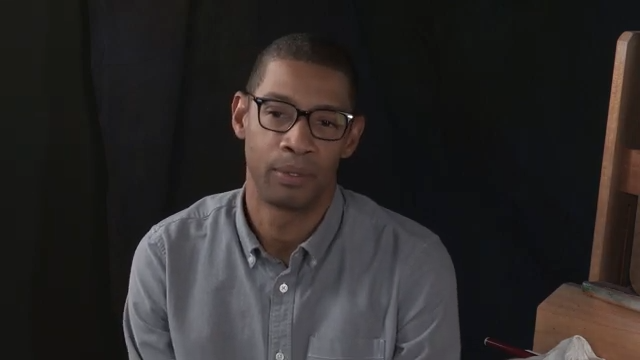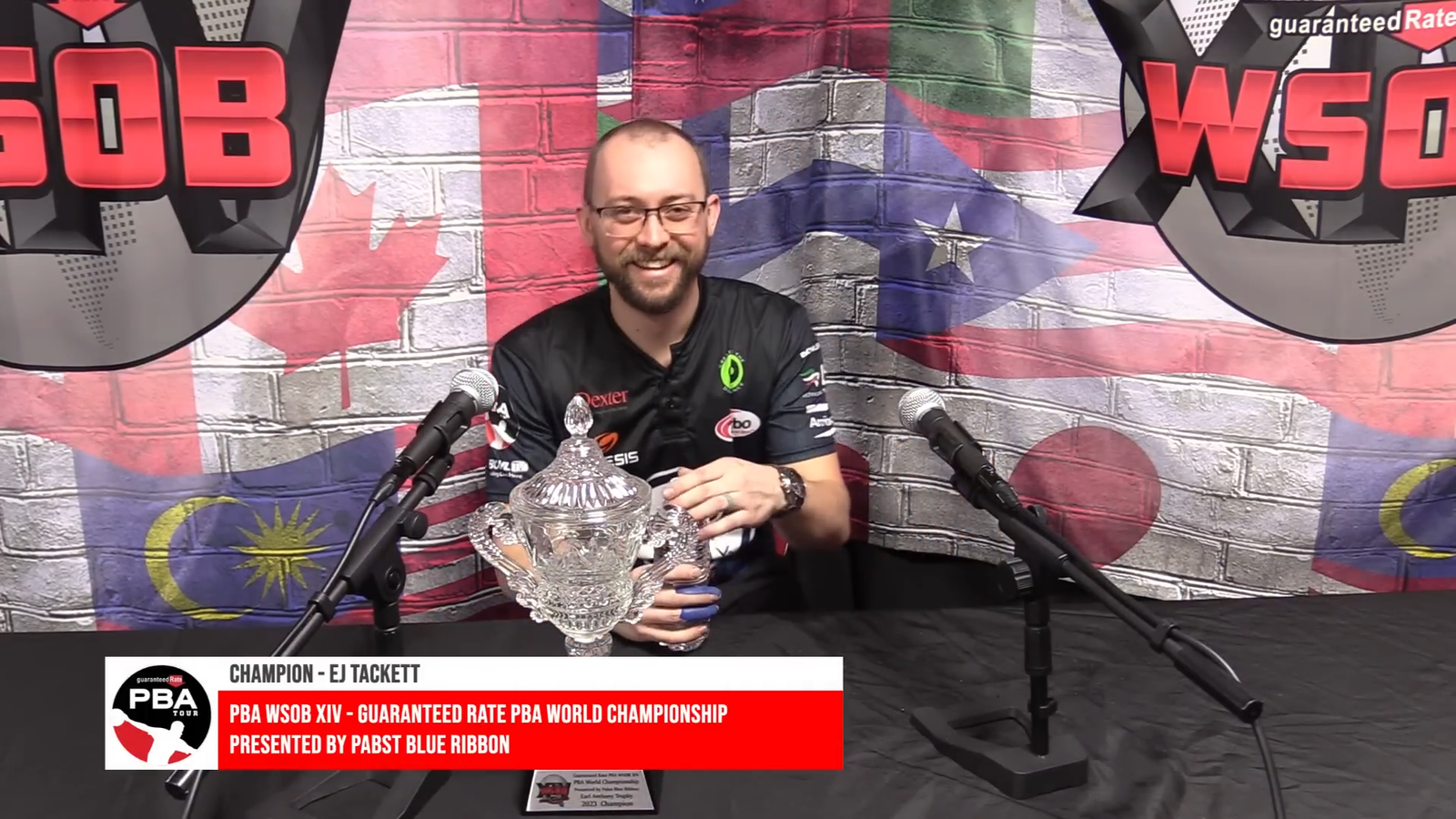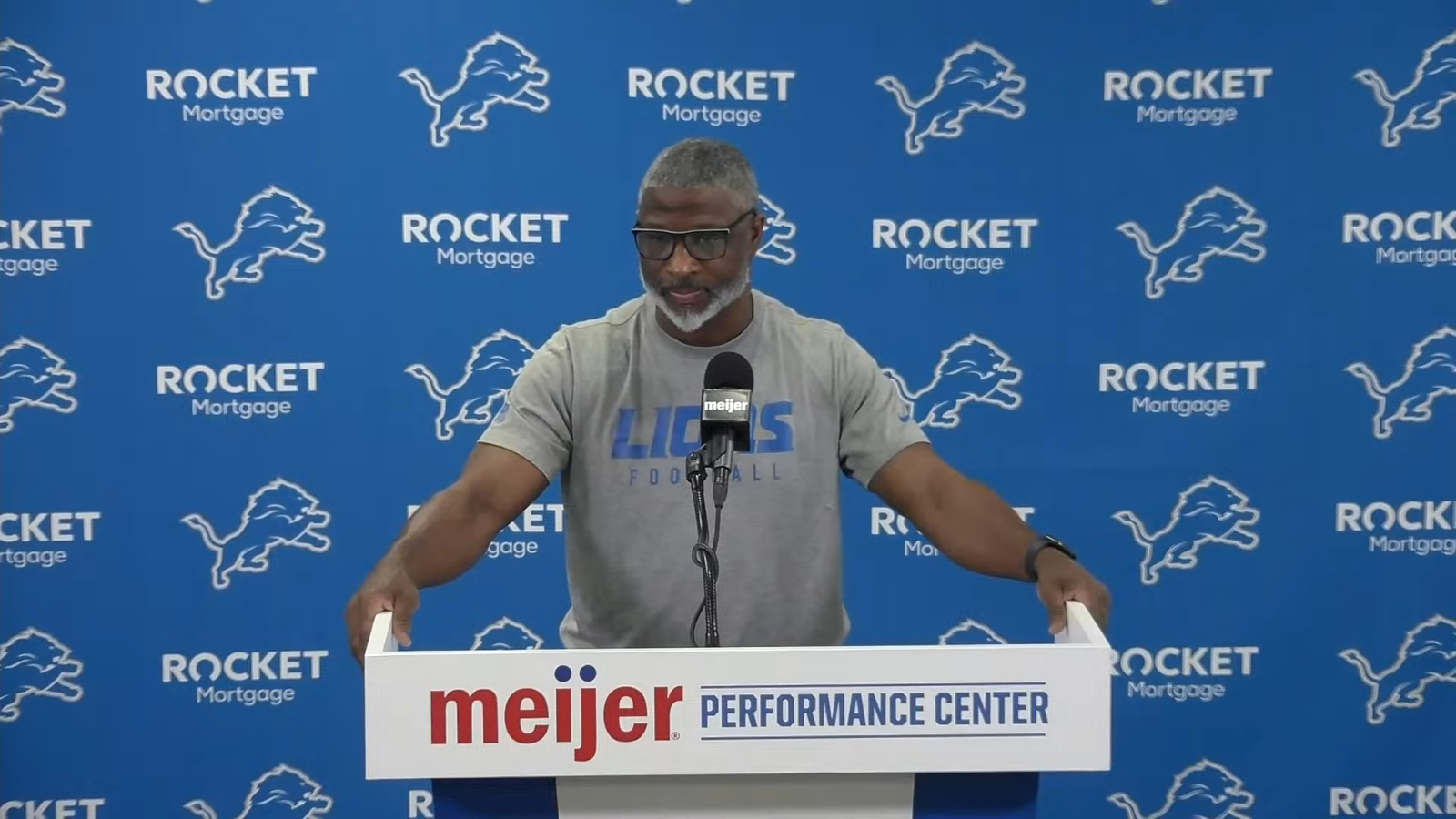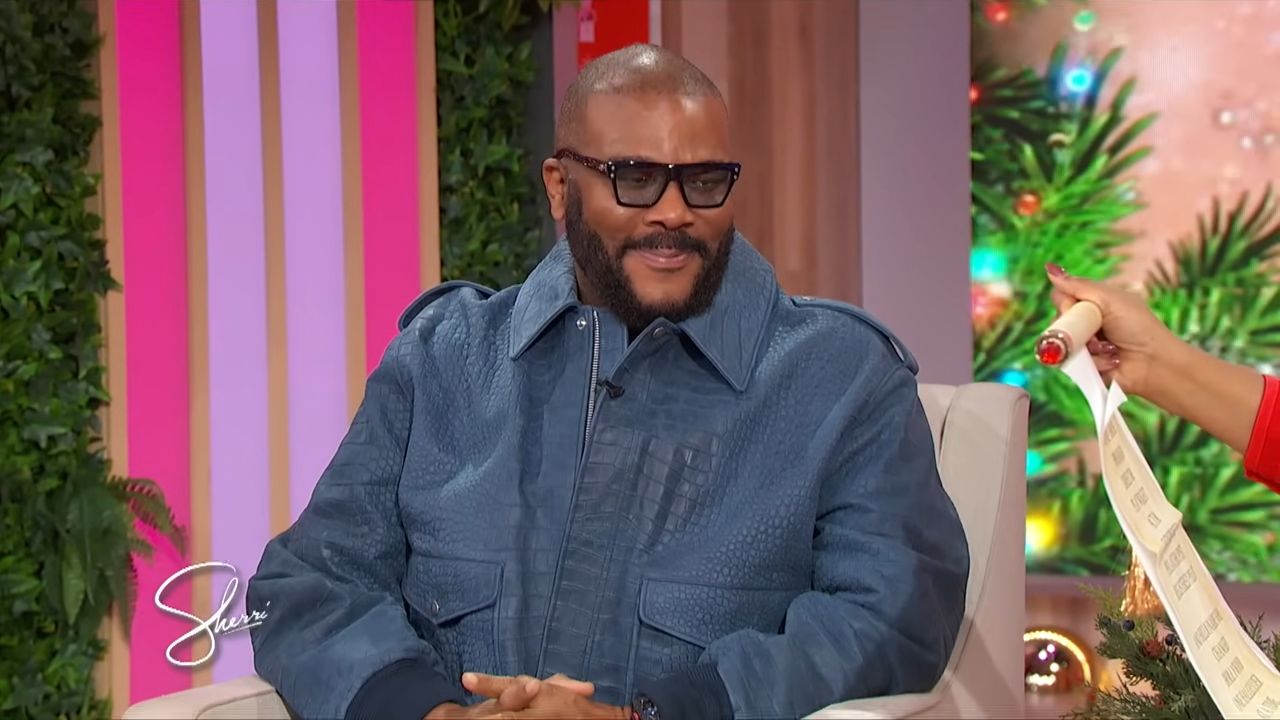Introduction
Watercolor painting is an expressive and dynamic medium that has fascinated artists for centuries. Among the modern masters of this art form, Mario Robinson stands out as an exceptional realist painter, known for his meticulous techniques and evocative portraiture. His work draws inspiration from legendary American realists like Andrew Wyeth and Winslow Homer, making him a leading figure in contemporary watercolor painting.
In this article, we will explore Mario Robinson’s watercolor techniques, painting style, and step-by-step tutorial to help aspiring artists master the art of realistic watercolor painting.
Who is Mario Robinson?
Mario Robinson is an acclaimed American artist specializing in watercolor, pastels, and oil painting. He was born in 1970 in Altus, Oklahoma, and later moved to New Jersey, where he developed a deep passion for painting. A graduate of the Pratt Institute, Robinson has exhibited his works in top galleries and has been recognized by major art organizations.
His artwork primarily focuses on rural subjects and portraits, characterized by a timeless aesthetic and deep emotional depth. With a career spanning decades, he has established himself as one of the top realist painters of his generation.
Quick Facts About Mario Robinson
- Born: 1970, Altus, Oklahoma
- Artistic Style: Realism
- Mediums Used: Watercolor, Pastel, Oil
- Inspiration: Andrew Wyeth, Winslow Homer, Thomas Eakins
- Famous For: Portraits, Rural American Scenes
- Published Work: “Lessons in Realistic Watercolor”
The Unique Watercolor Style of Mario Robinson
Mario Robinson’s approach to watercolor painting is meticulous and structured. Unlike loose and fluid watercolorists, his style focuses on depth, controlled washes, and realistic details. Below are some key aspects of his painting technique:
1. Layering and Glazing
Robinson uses a layering technique to create depth in his paintings. He starts with light washes and gradually builds darker tones, ensuring each layer dries completely before adding the next. This method allows him to maintain transparency and create soft transitions between colors.
2. Dry Brush Technique
One of Robinson’s signature techniques is dry brushing, where he uses minimal water and a heavily pigmented brush to create texture and fine details. This technique is ideal for adding intricate details to portraits, skin textures, and fabric folds.
3. Tonal Underpainting
Before applying color, Robinson often creates a monochromatic underpainting to establish values and contrast. This process ensures a strong foundation for the final painting and helps in maintaining accuracy.
4. Color Mixing for Realism
Robinson carefully mixes colors to achieve realistic skin tones and shadows. He avoids using black for shadows, instead relying on complementary color mixing to create depth.
Step-by-Step Watercolor Tutorial by Mario Robinson
For those eager to try Robinson’s techniques, here’s a simple yet effective step-by-step guide to painting a realistic portrait in watercolor.
Step 1: Preparing Your Materials
Before starting, gather the following:
- High-quality watercolor paper (preferably 100% cotton)
- Watercolor paints (Winsor & Newton is recommended)
- Soft brushes (round and flat)
- A palette for mixing colors
- A reference photo
Step 2: Sketching the Portrait
- Begin with a light pencil sketch of your subject.
- Focus on basic shapes and proportions rather than details.
- Avoid dark or heavy lines, as they may show through the paint.
Step 3: Establishing the Underpainting
- Use a light sepia wash to block in the basic values.
- Focus on major shadows and highlights to create a guide for color application.
- Let the underpainting dry before proceeding.
Step 4: Adding Layers and Skin Tones
- Start with a thin wash of warm colors for the skin.
- Gradually build up darker tones in areas like cheekbones, nose, and shadows.
- Maintain soft transitions by using a damp brush to blend edges.
Step 5: Refining Details
- Use the dry brush technique to add fine details to eyes, lips, and hair.
- Darken shadows and refine highlights for depth.
- Keep strokes controlled and deliberate.
Step 6: Final Touches
- Add final adjustments to enhance contrast and refine textures.
- Ensure a balanced composition with rich values and soft gradients.
- Let the painting dry completely before framing.
Tips to Improve Your Watercolor Skills Like Mario Robinson
To refine your watercolor techniques, follow these expert tips inspired by Mario Robinson:
1. Focus on Values Before Color
Understanding light and shadow is essential. Practice monochrome studies to improve your grasp of contrast and tonal balance.
2. Use High-Quality Paper
Invest in 100% cotton watercolor paper, as it absorbs water well and allows smooth layering.
3. Work with a Limited Palette
Using a few carefully chosen colors will help you maintain harmony in your paintings.
4. Be Patient with Layers
Don’t rush the process! Allow each layer to dry before adding the next to prevent muddiness.
5. Study Master Artists
Analyze the works of Mario Robinson, Andrew Wyeth, and Winslow Homer to understand their techniques and compositions.
Why Mario Robinson’s Watercolor Art is Unique
Mario Robinson’s paintings capture deep emotions and a timeless essence. His ability to blend traditional watercolor techniques with a modern realistic approach makes his work stand out. By mastering his techniques, artists can create stunning portraits and landscapes with depth, realism, and rich storytelling.
Final Thoughts
Mastering watercolor painting requires patience, practice, and a keen eye for detail. By following Mario Robinson’s techniques, artists can achieve realistic, expressive, and visually striking paintings. Whether you are a beginner or an experienced painter, adopting his methods will elevate your watercolor skills to a professional level.
With a strong foundation in tonal values, layering, and dry brush techniques, you can create artwork that not only captures realism but also resonates emotionally with viewers. Start practicing today and let the magic of watercolor bring your artistic vision to life!




